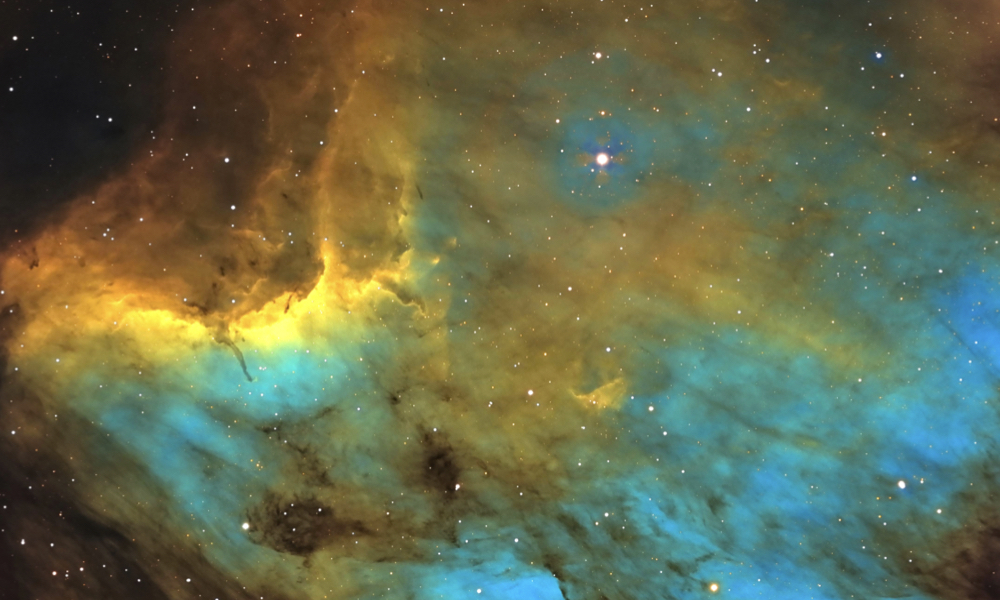
ESA Open Invitation to Tender AO10399
Open Date: 27/07/2020
Closing Date: 09/10/2020 13:00:00
Status: ISSUED
Reference Nr.: 20.1TF.02
Prog. Ref.: Future Prep 4.0.1
Budget Ref.: E/0501-01D – Future Prep 4.0.1
Special Prov.: BE+DK+FR+DE+IT+NL+ES+SE+CH+GB+IE+AT+NO+FI+PT+GR+LU+CZ+RO+PL+HU+CA
Tender Type: C
Price Range: 200-500 KEURO
Products: Satellites & Probes / RF / Microwave Communication (Platform and Payloads) / Antennas – BB / Feeds / Satellites & Probes / RF / Microwave Communication (Platform and Payloads) / Communication – BB(Antennas excluded) / Analog: RF front ends
Technology Domains: RF Systems, Payloads and Technologies / Telecommunication Systems/Subsystems / Telecom Signal Processing / RF Systems, Payloads and Technologies / RF Payloads / Telecommunication Payloads / System Design & Verification / System Analysis and Design / Multidisciplinary Analysis
Establishment: ESTEC
Directorate: Directorate Telecom & Integrated Applica
Department: Telecom Technologies,Product&Systems Dep
Division: Future Projects Division
Contract Officer: Dorval, Nathalie
Industrial Policy Measure: N/A – Not apply
Last Update Date: 27/07/2020
Update Reason: Tender issue
Frequency spectrum for the growth and development of new satellite services is scarce, whilst there is increasing pressure (especially from the terrestrial mobile community) to gain access to current satellite spectrum allocations. Furthermore, many new satelliteservice offerings do not readily conform to the strict ITU classifications defined for some specific frequency allocations, e.g. Mobile, Navigation, Fixed, Maritime, etc. Many companies seeking to introduce new services therefore follow an approach in which they operate on a non-interference/non-protection basis, i.e. they use spectrum that is not strictly intended for their application, but undertake not to cause interference into other operational systems, and moreover are prepared to accept radio interference into theirown system. Companies adopting such an approach are also often prepared to operate as secondary spectrum users in regions where,despite a possible performance reduction, they are still able to offer a viable commercial service. To enable the introduction ofnew service types, and allow for a more flexible frequency usage mechanism that is either secondary, cooperative, cognitive, based on non-interference/non-protection, or other, the capability to sense and monitor the actual radio frequency environment is clearly an important factor. A number of companies in both Europe and the U.S have therefore proposed or already operate satellite spectrum monitoring services. The spectrum monitoring capabilities of these initiatives has to date focussed on the maritime and government sectors. In addition, several national projects are under development, chiefly addressing the GNSS frequencies and spacecraft operationsin S-Band (for most of these missions, a data usage and dissemination policy has not yet been defined). There are currently no spectrum monitoring initiatives intended to serve the needs of the broader satellite communication community, with an end goal of enabling the innovative use of spectrum by satellite to allow for the roll out of new types of communication services. Such a mission could either be used to identify portions of the RF spectrum and geographic regions where unlicensed emissions (interference) originate,or where secondary users could exploit current allocations without affecting existing systems. The proposed activity shall therefore investigate the feasibility of a spectrum-monitoring mission that serves the broader satellite communication community, primarily targeting the C, Ku and/or Ka-Bands. Viable satellite communication scenarios that could benefit from measurements made by such a mission will first be identified. The activity would subsequently comprise a system study to define the performance requirements, architectural solution, technological feasibility, and cost of a small mission to LEO for sensing the radio frequency environment.A frequency agile system, possibly based on an SDR payload, could be used to identify new mission opportunities as well as validatethe link environment for prospective systems. The study should also identify suitable techniques to identify the geographic origin of transmissions; possibly by Doppler analysis, directive antennas, multiple fly-overs, or formation flying. The study should also investigate the possibility of monitoring the spectrum in both nadir and zenith facing directions. Finally, the data usage and dissemination policy of such a spectrum monitoring mission shall be addressed as part of the activity. The outcome of the activity would therefore be the justified system-level design of a spectrum monitoring mission, complemented by commercial use cases that could benefit from the data generated. In addition, the overall development and operating costs, timescales, and roadmap for technical developments would be defined.
If you wish to access the documents related to the Invitation to Tender, you have to log in to the ESA Portal.
